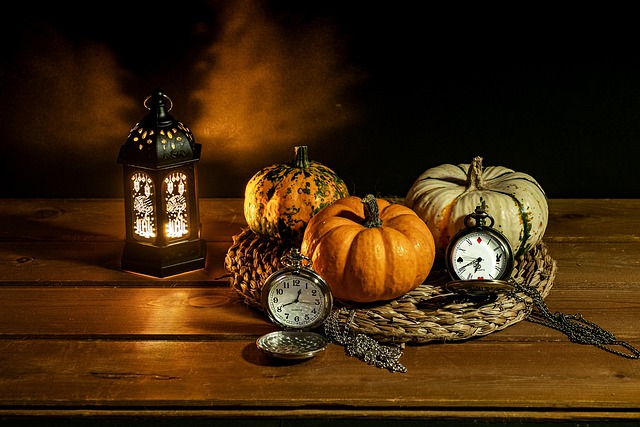Photography is an art that transcends mere technicality; it’s about capturing emotions, moments, and the essence of life through the lens of a camera. One of the essential components that make a photograph compelling is composition. Understanding the intricacies of composition can elevate your images from ordinary snapshots to extraordinary works of art. In this guide, we will explore various aspects of composition that will help photography enthusiasts unlock the true potential of their craft.
At its core, composition is all about the arrangement of elements within a photograph. It dictates how the viewer’s eye travels across the image and can significantly affect the mood and story being conveyed. A well-composed photo draws the viewer in, allowing them to experience the depth and emotion behind each shot.
Rule of Thirds is a fundamental guideline in photography that divides your frame into a 3×3 grid. Instead of placing your subject directly in the center, position it along one of the grid lines or at the intersection points. This technique adds balance and interest to your composition, making it more visually appealing. For instance, if you are photographing a stunning landscape, position the horizon along the top third line to emphasize the expansive sky or the lower third line to highlight the foreground.
Another vital aspect of composition is leading lines. These are natural lines in your environment that guide the viewer’s eye towards the subject. Roads, rivers, or pathways work beautifully as leading lines—drawing your audience deeper into the scene. By incorporating leading lines into your photography, you create a sense of depth and dimension, allowing your viewers to feel as though they are part of the journey.
Framing is yet another technique to enhance composition. By using elements within your surroundings to frame your subject, you can add layers to your image, creating focus and context. Whether it’s branches of a tree, windows, or doorways, frames can envelop your subject, emphasizing it and providing a more intimate experience for the viewer. This structural component not only redirects attention to the subject but also enriches the story conveyed through your photograph.
Symmetry also plays a crucial role in photography composition. Symmetrical images create a sense of harmony and balance that can be visually gratifying. Look for reflections in water, architectural elements, or even patterns in nature that allow you to craft a perfectly symmetrical photograph. By exploring symmetry, you unlock a world of artistic possibilities in your images.
Negative space refers to the area surrounding your subject. It can be just as important as the subject itself. By incorporating negative space, you can create a sense of isolation or tranquility, prompting viewers to focus solely on your subject. This technique is particularly effective in minimalist photography, where less can truly be more.
Moving beyond these foundational techniques, consider the emotional impact of your composition. What feelings do you want to evoke in your audience? Is it joy, serenity, or perhaps nostalgia? Being aware of the emotions you want to convey will guide your camera settings, angles, and the very moment you choose to capture. Ultimately, photography is about storytelling, and composition is the vehicle that carries your narrative.
Lastly, don’t shy away from experimenting with your camera settings and optics. Different lenses can drastically alter how your composition is perceived. A wide-angle lens, for example, can expand the scene and create a sense of vastness, while a telephoto lens can focus tightly on details, bringing attention to specific elements. Play around with depth of field; a shallow depth can isolate a subject beautifully against a blurred background, highlighting it effectively within the composition.
As you explore these principles, remember that mastering composition is a continuous journey. Practice is essential—not every shot will be a masterpiece, but each one will teach you something valuable. With time, patience, and creativity, you’ll gain a unique voice in your photography that resonates not only with you but also with your audience. So grab your camera, head outdoors, and let the world unfold before your lens as you unlock the secrets of composition in your photographic journey.


